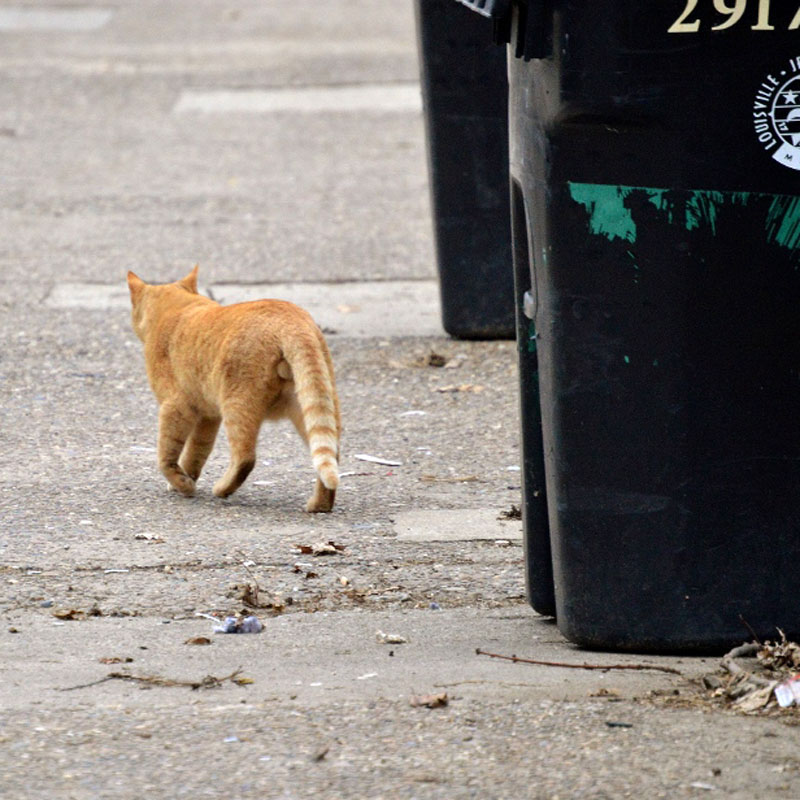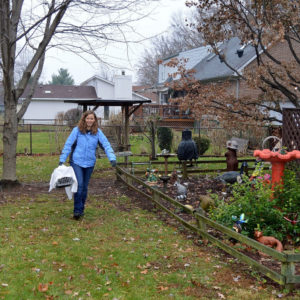
Shelly Simmons, CAWA, Division Manager, Greenville (SC) County Animal Care
October 8, 2019
Chelsea White, Comedian and Host of “Show Me Your Kitty”
October 15, 2019
There are many organizations and individuals that feel that having the goal of being “no-kill” is too polarizing. Back in the 1990s, the “no-kill” label drew a line between different types of behavior for organizations, as back then, many organizations did euthanize for space constraints. But now the case is very different in many parts of the country. With the recent news that Michigan is now a “no-kill” state, the question of whether “no-kill” really gives us enough information to determine how we are helping cats comes up again. Many of us want to celebrate Michigan’s success, but many also ask what this really means for animals in the state and what comes next?
There is still a lot of work to be done in our communities, especially for cats. I do believe that cat organizations should do more of their work out in the community vs. in a sheltering environment. Saying that a shelter has a 90% live release rate may only tell us part of the story. Some critics of no-kill say that high live release rates just mean that animals are being turned away from shelters. Therefore, they argue, at-risk animals in the community aren’t getting the help that they need.
This may or may not be true, however, depending on how an organization manages their intake, the resources available to them, and community support. There was actually a study done in the ’90s looking at what happened to animals when they were turned away from shelters, and most of the animals that they tracked did find alternative placement. And that was back in the days when we were dealing with a much higher population situation.
 So maybe we should have some faith in our communities and pet owners, and in those who rescue in their backyards that they will be able to find appropriate placements. Only 20-25% of animals are placed via shelters, after all, so this is a relatively small piece of the overall animal welfare picture.
So maybe we should have some faith in our communities and pet owners, and in those who rescue in their backyards that they will be able to find appropriate placements. Only 20-25% of animals are placed via shelters, after all, so this is a relatively small piece of the overall animal welfare picture.
For a broader approach, let’s look at Socially Conscious Sheltering (SCS). SCS tries to address the “outside of the shelter” issues. There are eight tenets that a socially conscious shelter agrees to follow. From the website, it seems that these tenets were developed by several organizations in Colorado. Colorado has a very high live release rate and in creating these tenets, they were looking beyond the data. One big concern I have about this movement is that it really doesn’t have specific metrics that can be tracked.




